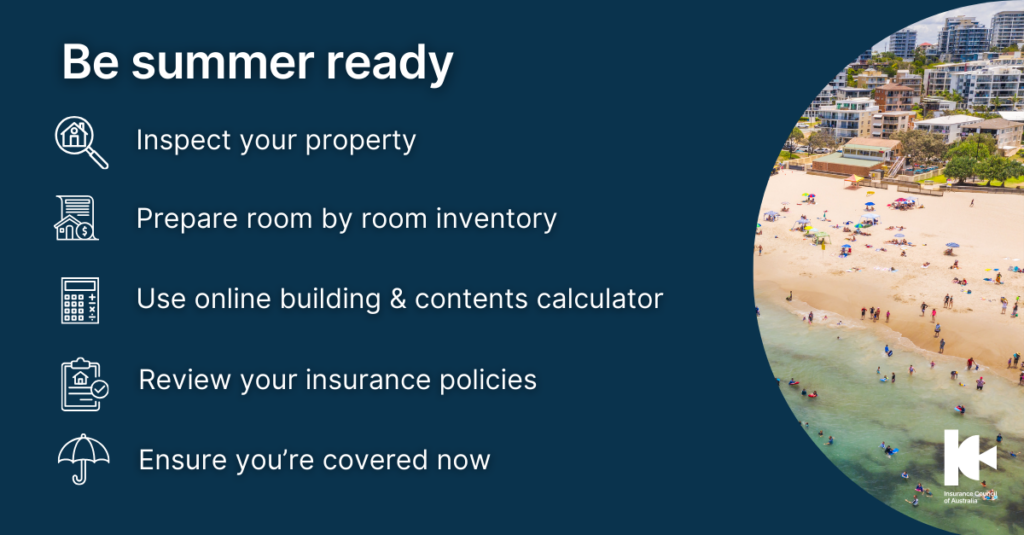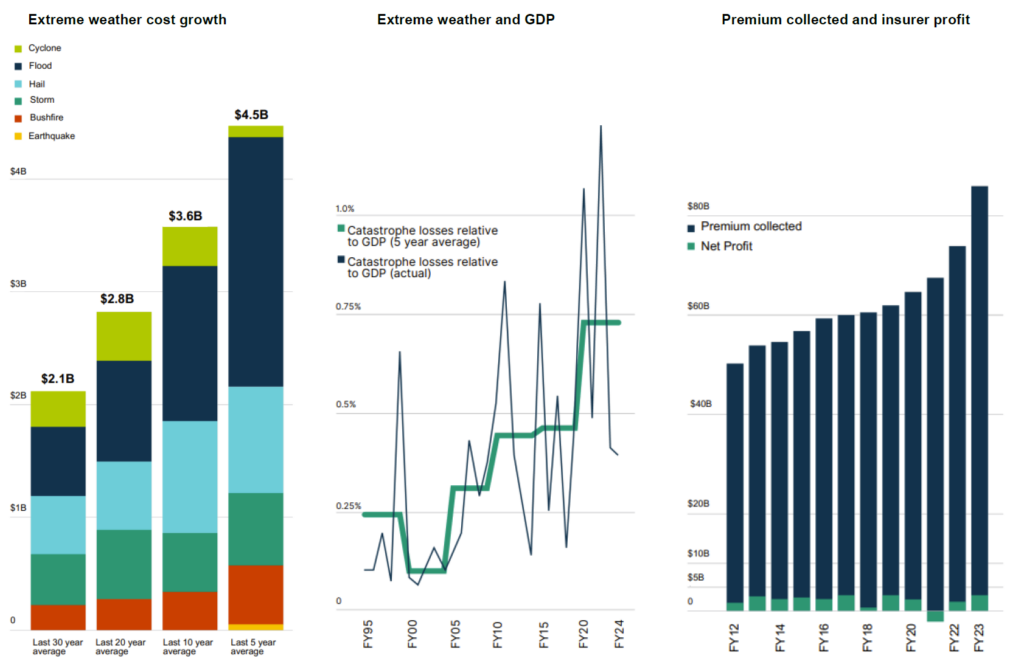Home Disaster & catastrophes Page 4
Insurers welcome Parliamentary report into 2022 flood response

News release
Friday 18 October 2024
The Insurance Council of Australia (ICA) today welcomed the the House of Representatives Standing Committee on Economics’ report following its inquiry into insurers’ responses to 2022 major floods claims.
The report provides 86 recommendations aimed at further improving the insurance industry’s response to natural disasters and enhancing consumer protections.
The ICA strongly supports those recommendations which would put downward pressure on premiums and help safeguard communities from future extreme weather events.
These include the removal of state insurance taxes, ongoing government investment in resilience and mitigation, and changes to planning arrangements to stop development on floodplains.
While they were small in proportion to the more than 300,000 flood claims received in 2022, the report includes too many examples of customers who did not receive appropriate service or even felt traumatised by their interactions with their insurer.
Insurers have apologised to those customers that were let down and have recommitted to ensuring service standards are improved through greater investment in people, tools and training.
The ICA commissioned its own report into the largest of the 2022 floods from Deloitte, and a follow-up progress report will be released by the end of this year.
The industry has already made progress towards many of the recommendations contained in the Committee’s report, including work on development of a potential standardised maintenance and a wear and tear clause, and better identification and handling of vulnerable customers.
Over the coming months, the ICA will review and engage with its members on the report’s recommendations, alongside the recommendations of the independent Review of the General Insurance Code of Practice.
The ICA and insurers are committed to continuing to work closely with Australian governments, stakeholders, consumer representatives, and regulators to implement changes that improve the industry’s response to customers impacted by extreme weather events.
Quote attributable to ICA CEO Andrew Hall:
The four flood events across 2022 were unprecedented and saw more than 305,000 claims and $7.7 billion in incurred losses, including $6.3 billion incurred from just one event.
Insurers acknowledge there were failures of systems, processes and resourcing in response to the extreme weather events that occurred during 2022, and the industry is already taking action to address these challenges.
The ICA and its members thank the Committee, particularly its Chair Dr Daniel Mulino MP, for their work inquiring into this important issue and we look forward to continuing to collaborate with the Government, Opposition and other stakeholders on the report’s recommendations.
Getting the balance right between good customer outcomes without putting further pressure on premiums will be key to successful implementation.






